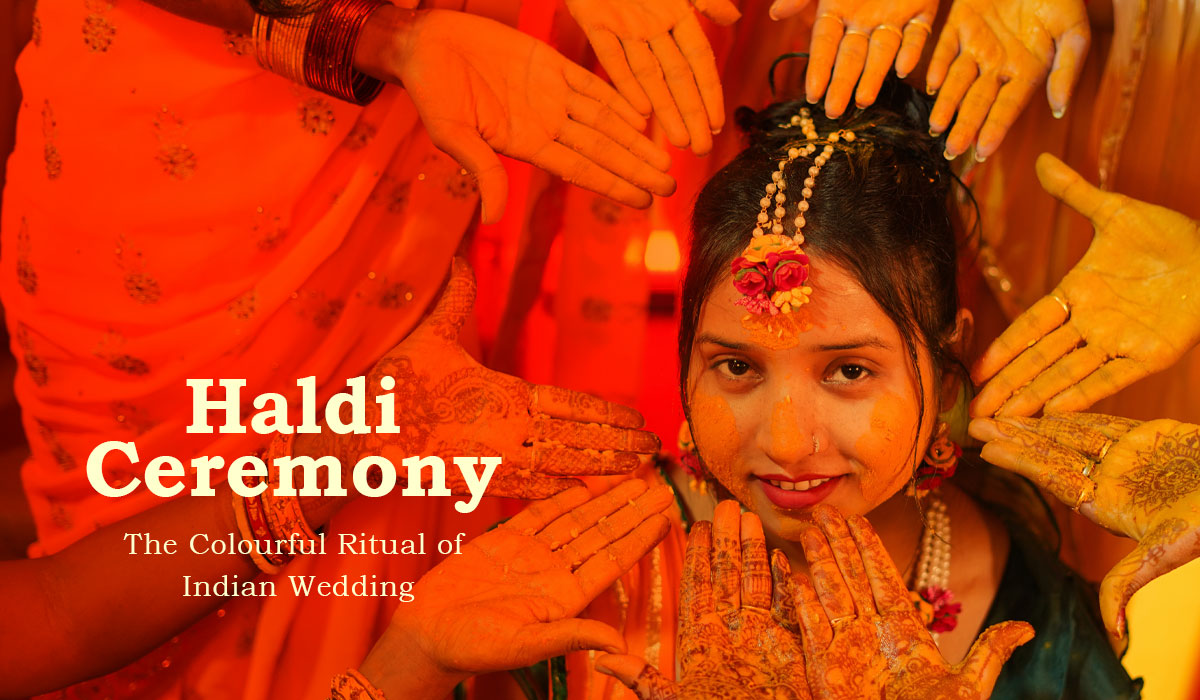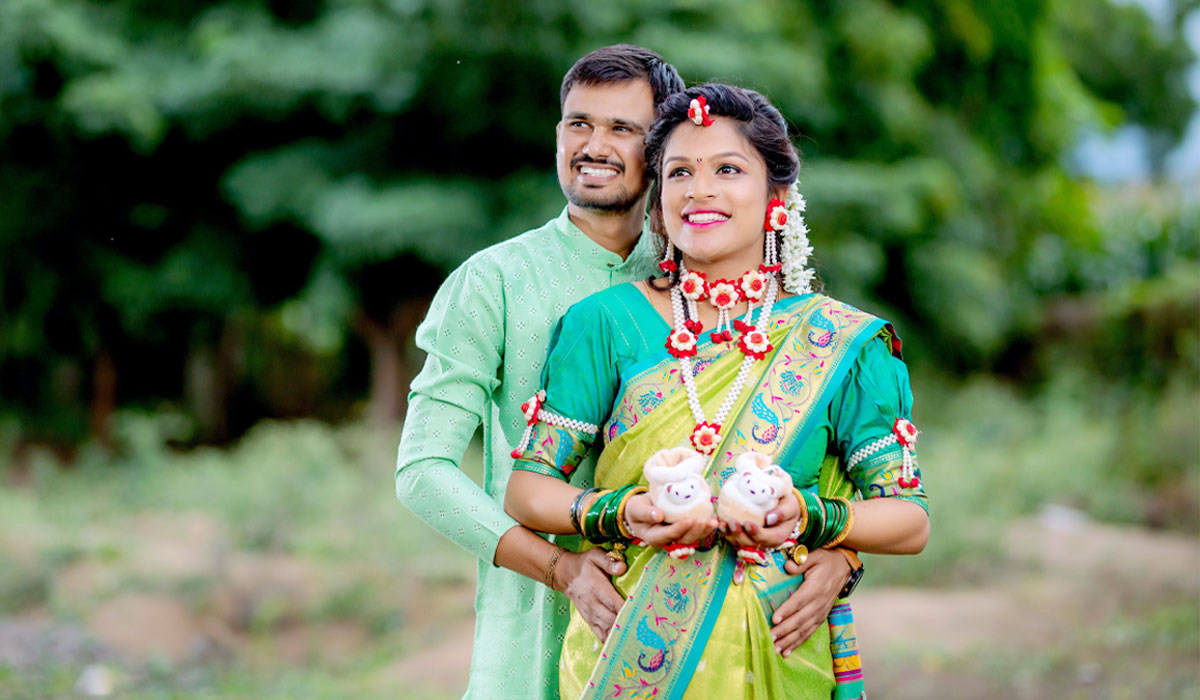West Bengal is one of India’s most culturally diverse states. This is the state famous for its vibrant culture influenced by its history, art, and traditions. Apart from the traditional red bindis and kurta-dhotis, West Bengal has a lot to offer. We are here to explore the rich West Bengal culture and tradition and some of the interesting facts about the Bengali lifestyle.
Interesting Facts: West Bengal Culture
West Bengal is a state in eastern India. Bengalis are proud of their rich cultural heritage and moral values. It’s a phenomenon referred to as Bengali pride. We can not ignore the West Bengal culture when talking about Indian cultural diversity. Here are some interesting facts about West Bengal culture:
Bengali Language and Literature
Bengalis have made a substantial contribution to Indian literature’s modernization. Gitanjali is the best collection of poems by Bengali Poet Rabindranath Tagore. He received the Nobel Prize for literature. The country’s literary legacy goes well beyond that. Folk tales like the Thakurmar Jhuli, Gopal Bhar, and many others have a long tradition and are prevalent in the same way as stories like Arabian Nights and the Panchatantra.
West Bengal is home to some of the world’s greatest writers such as Rabindranath Tagore, Bankim Chandra Chattopadhyay, Sharat Chandra Chattopadhyay, Kazi Nazrul Islam, etc. They have made significant contributions to Bengali and world literature.
Visual And Performing Arts
West Bengal culture is also known for Visuals and performing arts. Forerunners in modern contemporary art such as Abanindranath Tagore, Gaganendranath Tagore, Jamini Roy, and Rabindranath Tagore came from Bengal, and their work is recognized as advancing Bengal’s artistic modernization. Known as the “Father of Modern Indian Art,” Abanindranath Tagore founded the Bengal School of Art to promote artistic styles free of European influence.
Early allusions to terracotta and Kalighat paintings reveal that the region has long appreciated and valued art. This goes back to before modernization. After independence, much political propaganda graffiti was put up on various state walls, painting witty banter and limerick verses and party promotion. Even today, this is still a well-liked concept. Graffiti painting on private walls is illegal. Hence the murals can only be found on club walls.
Artistic Excellence: Bengal has a rich tradition of arts and crafts, including terracotta pottery, scroll painting (Patachitra), and intricate saree weaving, which contributes to the state’s artistic heritage.
Bengali Dance And Music
Regional music’s enormous influence adds to the region’s already impressive cultural history. Baul singing is one of the most well-known types of traditional Indian singing. A folk song about God is sung here, showing the intense feelings that such singing elicits. The performer appears to be in a trance, with their eyes closed and focused solely on the music. Besides Gombhira, Bhawaiya, and kirtans, there are additional types of folk singing.
West Bengal is the birthplace of Rabindranath Tagore, a Nobel laureate in Literature. His compositions, known as Rabindra Sangeet, are an integral part of Bengali culture and are celebrated for their poetic lyrics and melodies.
Rabindra Sangeet: Besides Indian Classical Music, the area also has some influences from Rabindra Sangeet, famous by the genius all-rounder Rabindranath Tagore. To sum it up, the music of West Bengal is pretty diverse. Folk dances like Chau, where participants wear large, colourful masks and dance, have their origins in West Bengal.
Kathak Dance: West Bengal is renowned for its Kathak dance tradition. The state has produced many accomplished Kathak dancers and gurus.
Diverse Dance Forms: Besides Kathak, West Bengal embraces various traditional dance forms like Manipuri, Odissi, and Bharatanatyam, adding to its cultural diversity.
Famous Filmmakers: The Bengali film industry, known as Tollywood, has produced internationally acclaimed filmmakers like Satyajit Ray, Ritwik Ghatak, and Mrinal Sen, who have left an indelible mark on world cinema.
Traditional Bengali Food
Bengali features a wide array of fish and rice-based dishes. Sweets like rasgulla, Sandesh, and mishti doi (sweet yoghurt) are irresistible delights.
- Bengali Fishes Dishes: Bengalis have several unique fish dishes such as Malai curry of Prawn Fish, patron, ilish mach, etc., which are all made with fish. Everyday meals include roti, thick curries, fish, eggs, meat, and other dairy and protein sources.
- Famous Bengali Sweet: In addition to being well-known, the sweets of West Bengal are particularly famous for their use of milk and milk derivatives. Rasogolla, Sandesh, Rasamalai, and handmade Pitha, for example, are national favourites thanks to their fame and popularity. Rosogulla is a famous Bengali sweet that everyone loves to taste.
The modern Bengali wants to try new things; thus, besides traditional Bengali fare, they love Anglo-Indian, Continental, Lebanese, Thai, and Chinese cuisines.
Festivals of West Bengal
West Bengal is known for its diverse festivals. Festival celebration according to West Bengal culture is something unique that catches everyone’s attention. There are some famous festivals in Bengal such as Durga Puja during Navratri, Kali Puja during Diwali, and Bengali Holi.
- Durga Puja: Durga Puja is the region’s most famous celebration, drawing visitors from all over the world. In honour of Goddess Durga’s victory over the monster Mahishasura, this is a festive occasion. Until the nine-day celebrations are over, the roadways will be congested. Checkout:- Durga Puja in Bengal
- Kali Puja: Kali Puja is one of the most popular festivals in Bengal. the festival is celebrated during Diwali. Lakshmi Puja (celebrated in honour of the Indian Goddess of Wealth). You can see a glimpse of Kali Puja on the street Bengali during the Diwali festival.
- Bengali Holi: Bengali Holi is a spectacular occasion with elaborate tents (known as pandals) erected across the state and individuals buying new outfits and accessories specifically for this time of year. Checkout:- Holi Festival in India
Besides Durga Puja, which is celebrated with immense fervour, festivals like Diwali, Eid, and Christmas are observed with equal enthusiasm, showcasing the state’s cultural harmony.
Tradition of West Bengal
West Bengal traditions are unique as we instantly recognize them if anyone is Bengali. traditional red bindis and kurta-dhotis are the first traditional impact they left on our minds.
Bengali Traditional Dress
Bengali dresses are the identity of West Bengal culture. Traditionally, Bengali women dress in the Saree, which is draped in a unique way unique to the state of West Bengal, called the ‘pallu.’ The Shalwar kameez has become popular with the newer generation who also wear jeans, dresses, and skirts.
Older men still wore dhotis, although they only do so on exceptional occasions like weddings or festivals. Aside from the Westernized shirt pants, their look is a mix of traditional Indian and Western. Kolkata, more than any other metropolis in West Bengal, has absorbed this Westernization touch.
Also Know: Famous Tourist Places in West Bengal
Conclusion
West Bengal’s culture is a fascinating blend of tradition, artistry, and modernity, making it a captivating and enriching experience for those who explore it.
The cultural diversity of India is incomplete without considering the beautiful culture of West Bengal. West Bengali culture is widely regarded as one of India’s most affluent. Aside from Bengali music, Bengali cinema, and Bengali literature, all have deep roots in Bengali culture. Bengali people are easily recognised due to their language, traditional dresses and their food habits.
FAQs
Q: What is Bengali Culture?
A: Bengali culture encompasses the language, literature, music, art, festivals, cuisine, and traditions of the Bengali people, primarily from the Bengal region in India and Bangladesh. It is known for its rich heritage, including the works of renowned poets and authors like Rabindranath Tagore, vibrant festivals like Durga Puja, and a diverse culinary tradition featuring dishes like fish curry and sweets like rasgulla.





